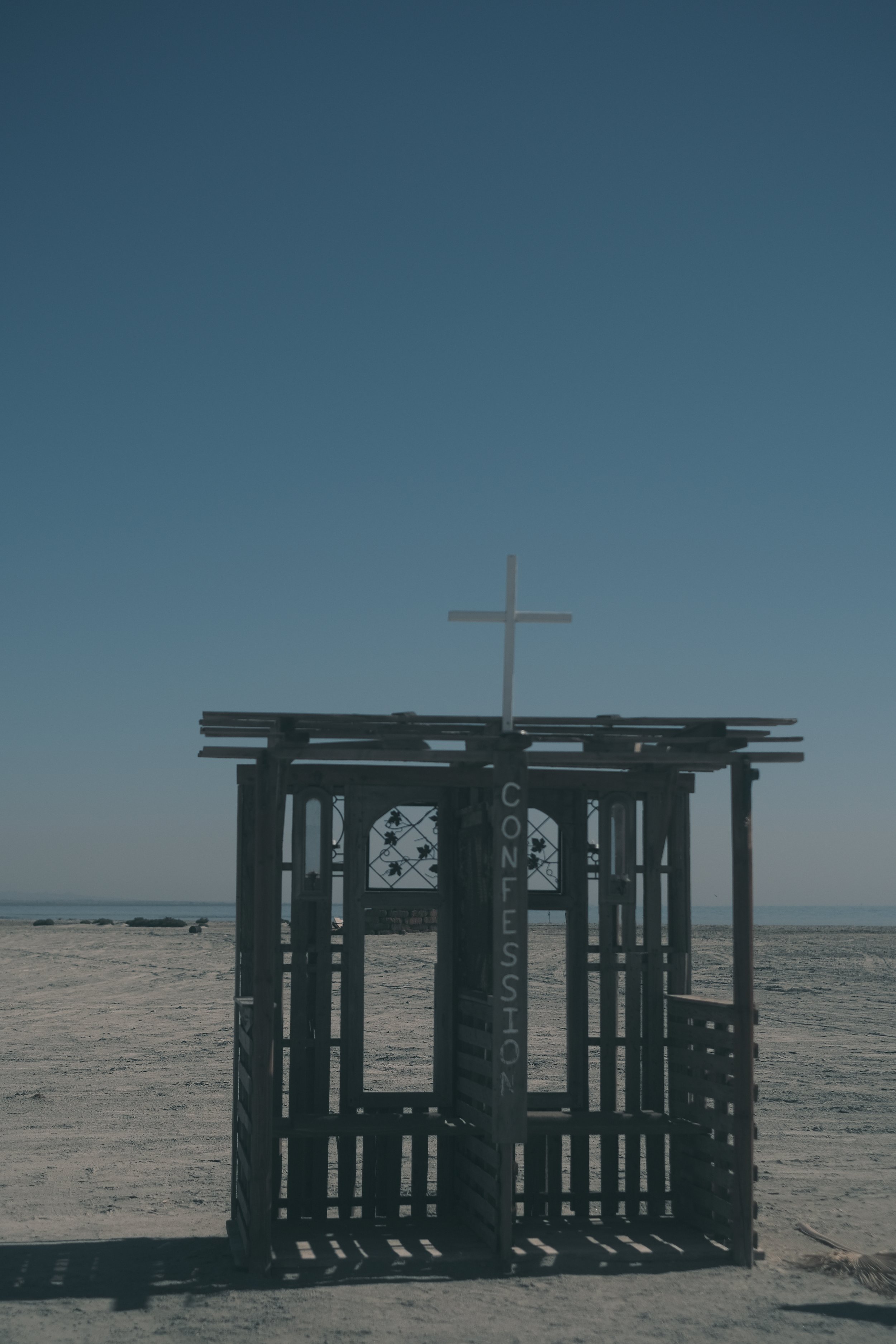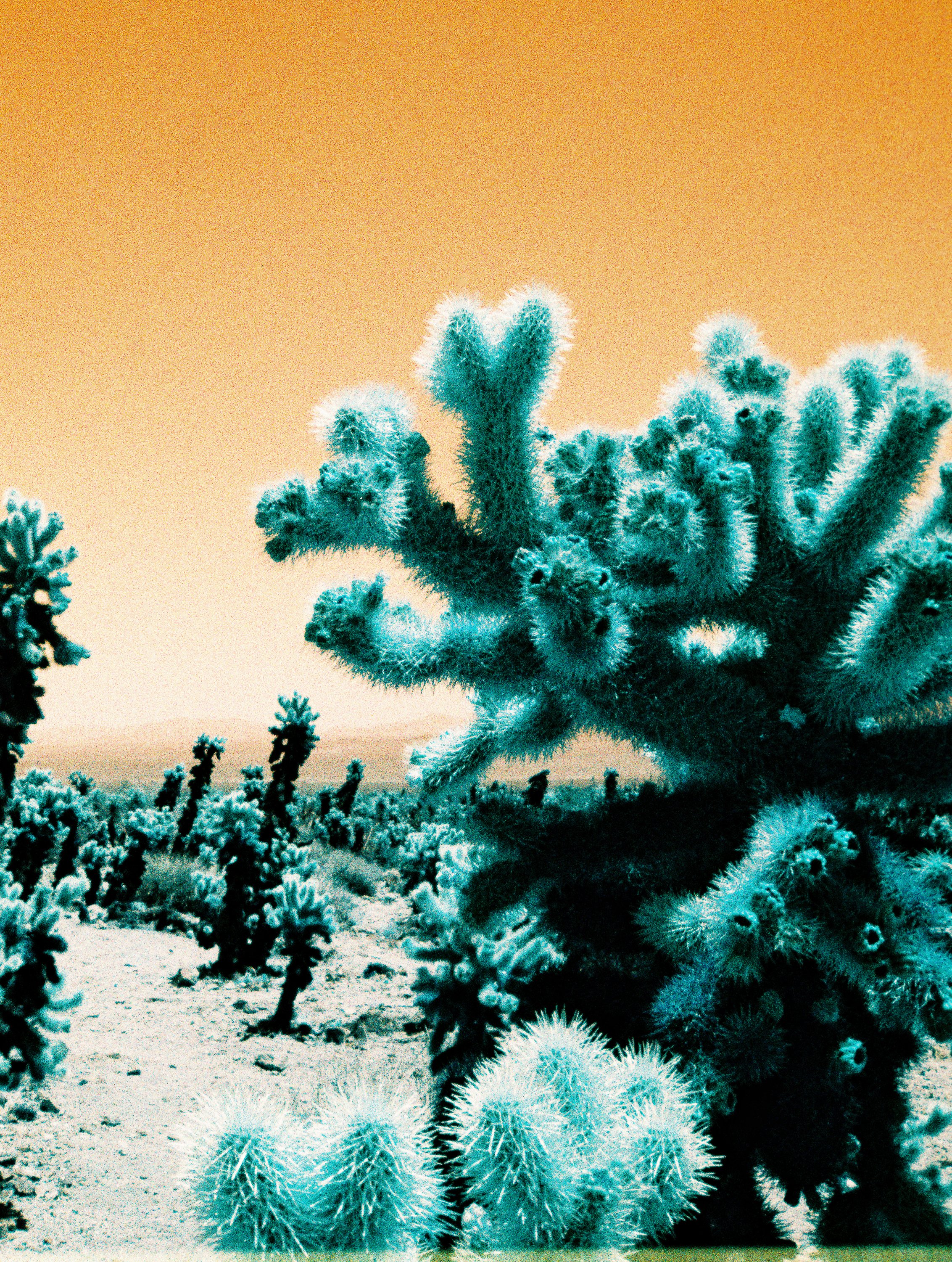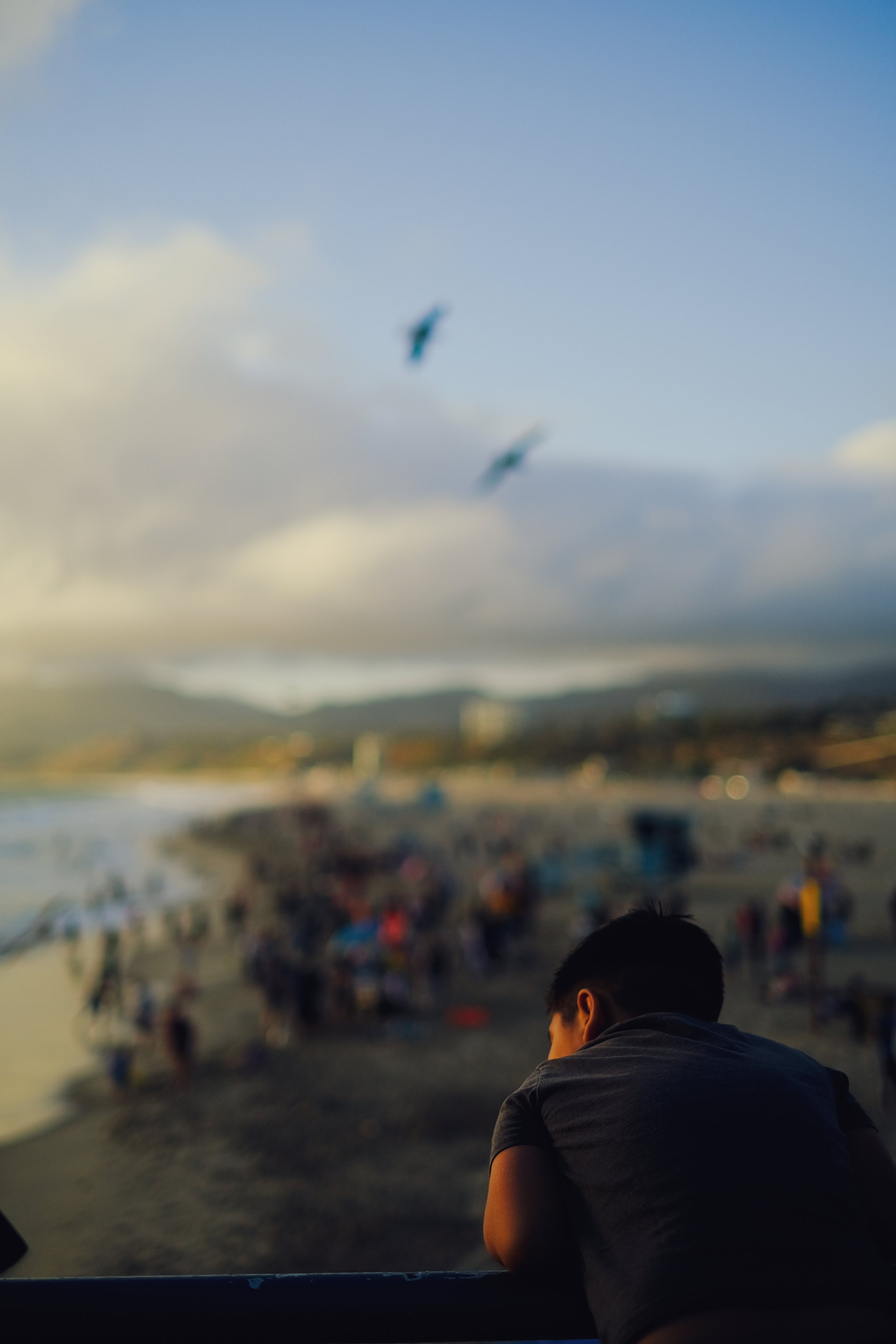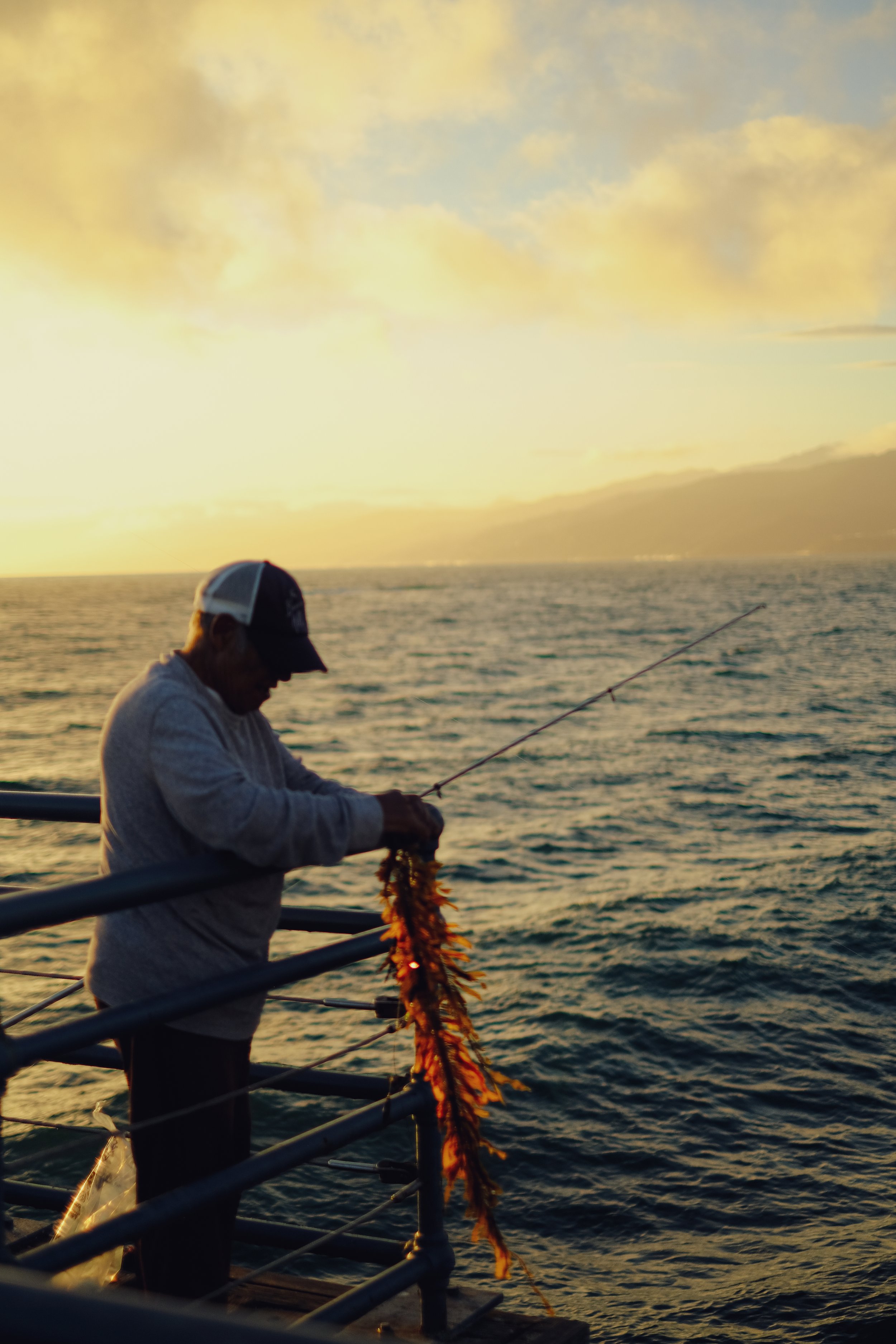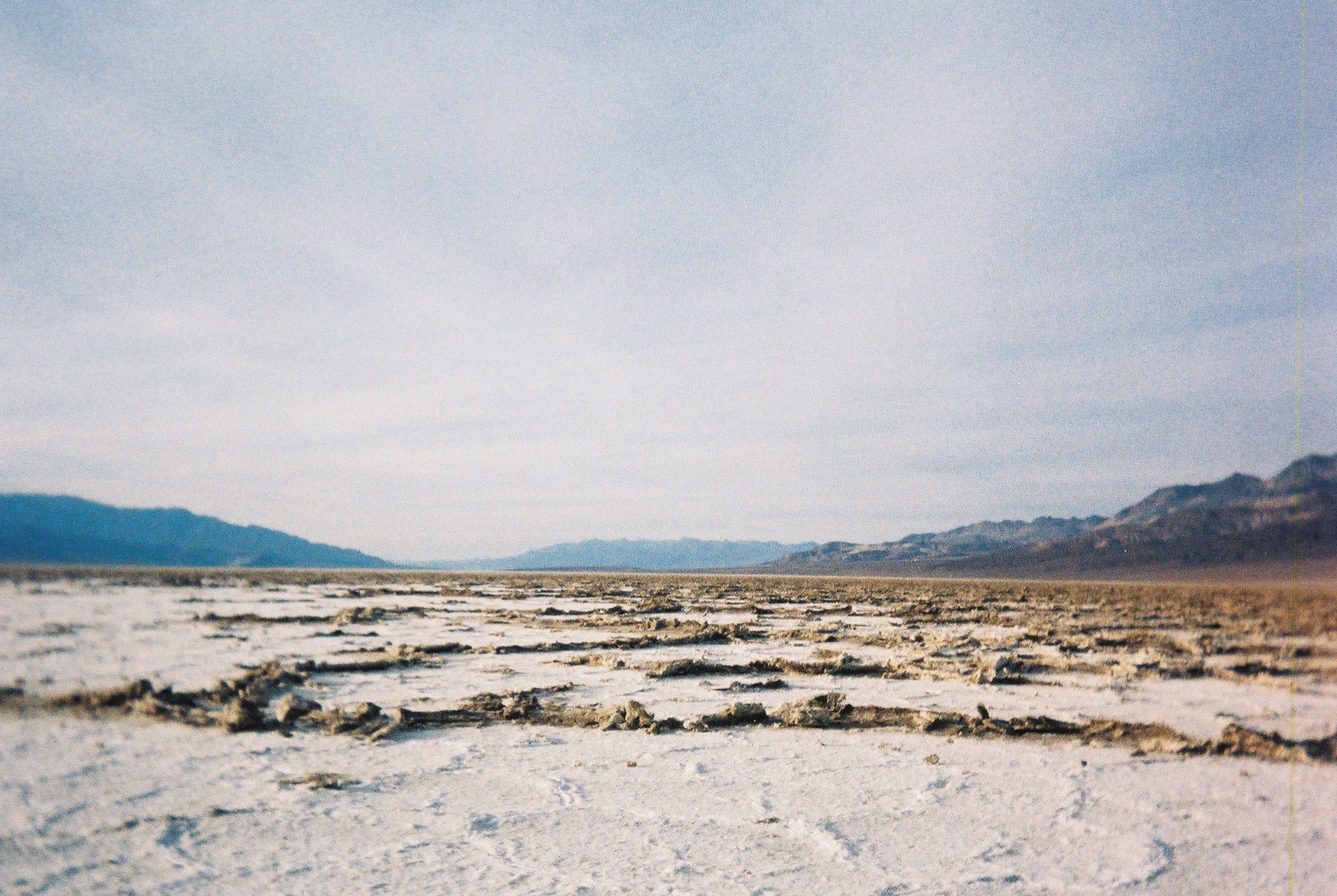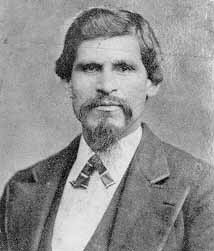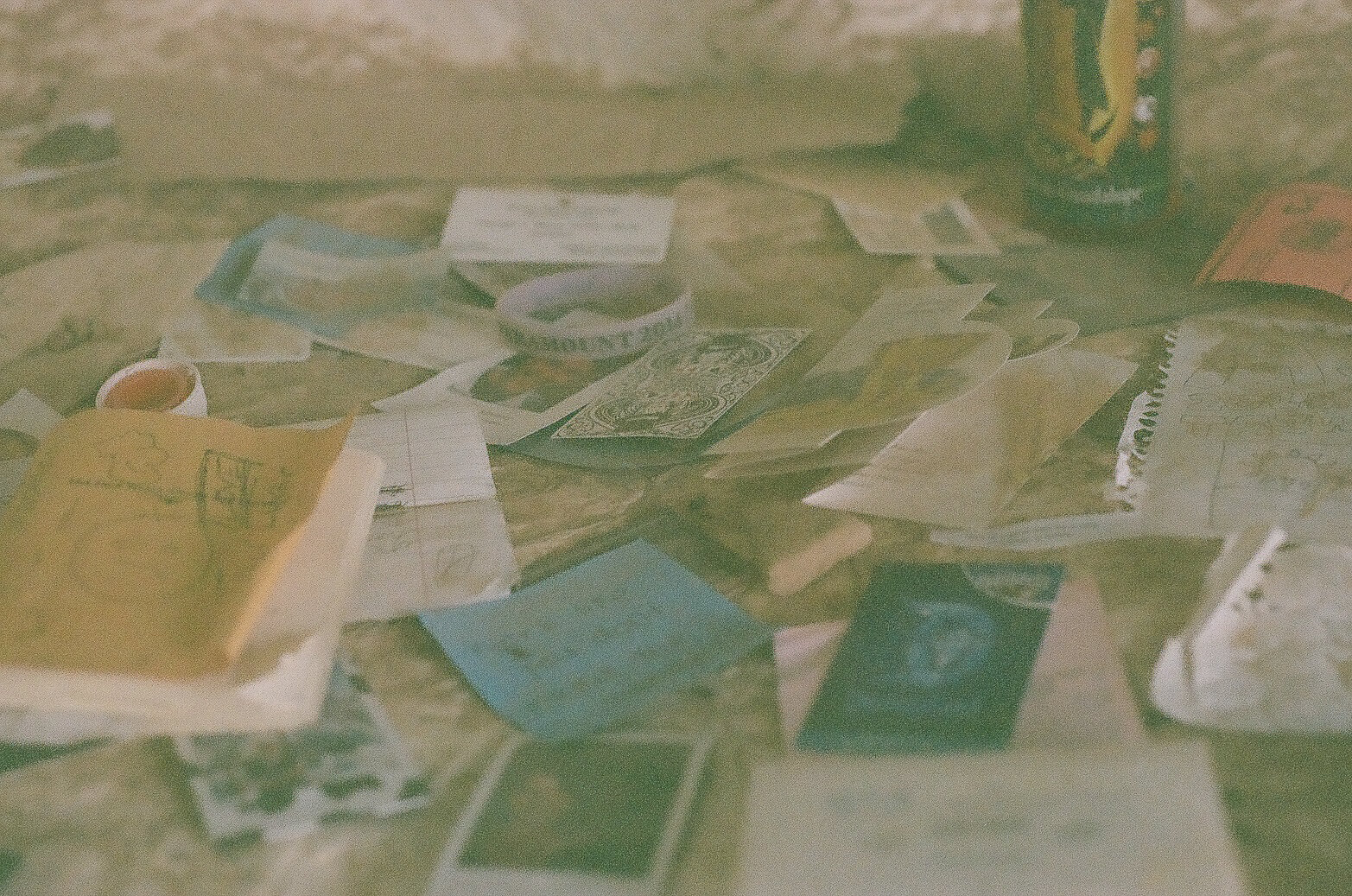turbulent skies & songbirds in the mojave today.
california
joshua trees
another afternoon spent in joshua tree national park, this time with my 2010 nikon coolpix p7000.
the built in nd filter on this camera is really nice for days spent in the desert.
down on the bombay beach
installations from bombay beach on the shores of the salton sea.
bombay beach was a popular getaway until the 1980s when the increasing salinity & receding water line of the salton sea destroyed the lake’s ecosystem & drove away businesses. bombay beach remains with a population hovering around 200 & is the lowest community in the united states at 223 feet below sea level. it has been undergoing a renaissance in recent years as artists & intellectuals have moved in. the town is now home to numerous art installations & the annual bombay beach biennale.
the poetry house
spent a little time at the poetry house in bombay beach, along the salton sea in southern california. salton sea is one of my favourite places in the whole state & the art installations throughout the town of bombay beach are otherworldly & poignant surrounded by the silent desert & lightly lapping waters.
weird world of joshua tree national park
lomochrome turquoise in joshua tree.
I love bringing this film to the desert.
pentax auto 110 super // lomochrome turquoise 110
people watching by the pier
attended a fun photo walk / meetup with other woman & non-binary identifying photographers in santa monica this past weekend hosted by not your grandma’s camera club. I used it as an opportunity to play with my new (to me) fuji 35mm f1.4 lens. this lens has a kind of mythic cult following amongst fuji lovers & is well known for it’s “character”. I certainly have not figured out how to get the absolute best out of it, but when I managed to hit the focus (& exposure, I’m also still learning the xpro3) the shots are really nice.
the road to utah
two mondays spent driving through the west to/from utah with a 35mm point & shoot.
summer in the desert
journal:
the heat hung in the air like a weight. when you step out into it a hush surrounds you. the creaking of ancient hills barely registering above the hot breeze brushing through desert shrub & cactus. the roads glisten with warmth & all the creatures slow down to linger in the shade.
the desert is teeming with life, but it is a slow life. a quiet one.
desert day digicam
a saturday spent wandering around joshua tree national park & morongo valley california with a 2010 sony bloggie mhs-pm5.
february in death valley
a few half frame film shots from my day in death valley on a paleontology hike with the national park service (they do these once a year and I highly recommend it).
shot on kodak gold 200 with the kodak ektar h35 camera.
florals on film
a few shots from descanso gardens on kodak gold.
mojave morning
a morning spent exploring mojave california & the surrounding area with my kodak ektar h35 half frame camera & a roll of ilford hp5.
blooms
a sweet morning at the flower fields, in carlsbad california.
elmer's bottle tree ranch
off route 66 outside of victorville you’ll find an incredible art installation called elmer’s bottle tree ranch. elmer long built this unique forest using recycled & found materials, constructing trees out of everything from rebar & glass to old typewriters & even a missile. one of my favourite things about the desert are these types of places, the spots where someone’s creativity shows up in unexpected ways. wandering through the trees under the bright blue spring desert sky was a perfect way to spend a route 66 pit stop.
elmer passed away in 2019, so the ranch is no longer expanding, but the existing structures are well worth a visit.
the ranch is open daily sunrise to sunset, it’s free to enter but donations are gladly accepted.
shot on a vintage lubitel 2 with kodak porta 400
vasquez rocks
just off highway 14 less than 45 mins from los angeles are vasquez rocks. you may recognise this formation from the movies, they have starred in everything from star trek to blazing saddles to the flintstones. the striking shapes were created by rapid erosion during uplift some 25 million years ago & later revealed by further uplift on the san andreas fault.
what’s uplift? known to geologists as orogeny, this is the primary way mountains are formed on earth. an orogeny occurs where two or more (lithospheric) plates converge when the plate’s motion compresses the margin between them. this pressure forces the earth’s crust to crumble & uplift into the formations you see here. these will eventually (millions of years from now) become mountains.
ongoing tectonic activity on the nearby san andreas fault and its offshoot, the elkhorn fault which runs through the vasquez rocks natural area park, continues to shape, uplift, & expose the buried sandstone.
the rocks were named for famous mexican california outlaw tiburcio vasquez who used them to evade law enforcement in 1874. tiburcio was & is a controversial figure, with some believing him a ruthless bandit & others seeing him as a revolutionary opposing the american expansion into present day california.
vasquez entered outlaw life in 1852 when he was witness to the killing of monterey constable william hardmount. though he denied any involvement in the death vasquez fled law enforcement, going on to become a star figure in the infamous decades long roach-belcher feud. after being caught horse rustling in 1856 he spent five years in san quentin before organizing a prison break. in 1866 he was imprisoned again, this time for three years after a burglary in petaluma.
after he was arrested for murder in may 1874 vasquez, who was a charming & handsome figure with many fans throughout the west, sold photographs with & of himself to support his legal defense. he was tried for a murder that occurred four years prior during a robbery in tres pinos (now called paicines) where $2,200 (more that $47,000 in today’s money) was stolen from a store & three were killed. vasquez maintained throughout his trial that though he was an outlaw, he was not the killer. despite his adoring public & a written confession from another member of the gang, he was convicted of the crime & executed by hanging on 19 march 1875 at just 39 years old.
there are numerous geologic formations throughout southern california named for vasquez, including these rocks & robbers roost in kern county. he is buried in the mission cemetery in santa clara where fans still leave him flowers.
because of his affluent background, good looks, education, & sense of style, vasquez is believed to be one of the inspirations for the bandit-hero character zorro.
wind & rocks
a morning walking amongst the rocks & the high winds at red rock canyon state park, ricardo campground.
big valley
big morongo canyon preserve is one of the 10 largest cottonwood & willow riparian habitats in california. managed by the bureau of land management, the reserve is a 31,000 acres. it is located in the transition zone between the mojave desert & the colorado desert.
signs & greens
hollywood, california 2021
salvation
recently I found a handful of rolls of used film. with no memory of what might be on these I sent them off the be developed. this selection is from a road trip to salvation mountain about 5 years ago.
llano
Perpetual politician Job Harriman lost his 1911 race for mayor of Los Angeles & turned to Antelope Valley to put his socialist principles into practice.
Harriman, along with a handful of other socialist peers, purchased some 9000 acres that had previously belonged to a temperance colony just 45 miles north of Los Angeles in the high desert. The group formed a corporation wherein each had an equal share & set about financing a new socialist colony to show the capitalist outside world what was possible. By 1914 the Llano del Rio company was born.
Membership of the colony was advertised in several nationwide socialist newspapers & required the purchase of 2000 shares in the company at $1 each. Applicants required references & an interview before they were accepted. They needed to be industrious, sober, & caucasian: Llano del Rio was whites only. The company had this to say about their segregation: “the rejection of these applications are not due to race prejudice but because it is not deemed expedient to mix the races in these communities.”
Community members were drawn to the colony on the promise of good wages, vacation days, & the allowance of personal property. These enticements were met only partially & the promised wages of $4 a day never materialized. Despite its goals, Llano was not utopia.
The community’s political stability was threatened by internal power struggles. Governed by a board of directors, Llano’s stockholders & residents (known as the general assembly) began to resent the consolidation of power at the top. Direct democracy also proved to be a logistical issue. Long discussions were held on every aspect of colony life, include when to harvest crops. An inability to reach consensus on a harvest timeline led to some crops rotting in their fields.
Water also proved to be an issue. Though the company had purchased water rights when they acquired the land, they needed to apply to the state for permits to build a dam for irrigation. The California commissioner of corporations, adamantly against socialism, denied the permit request. Neighbors also began to sue the company for water access, most were spurred to action by their dislike of socialist principles.
By late 1917 Llano del Rio was collapsing. Drowning in debt & with more legal troubles on the horizon, the company sought a new location in Louisiana. A handful of colony members made the cross-country move. By 1918 California’s Llano del Rio company had declared bankruptcy. Ruins, directly off the west bound side of route 138, are all that remain of this vision of a socialist future.











